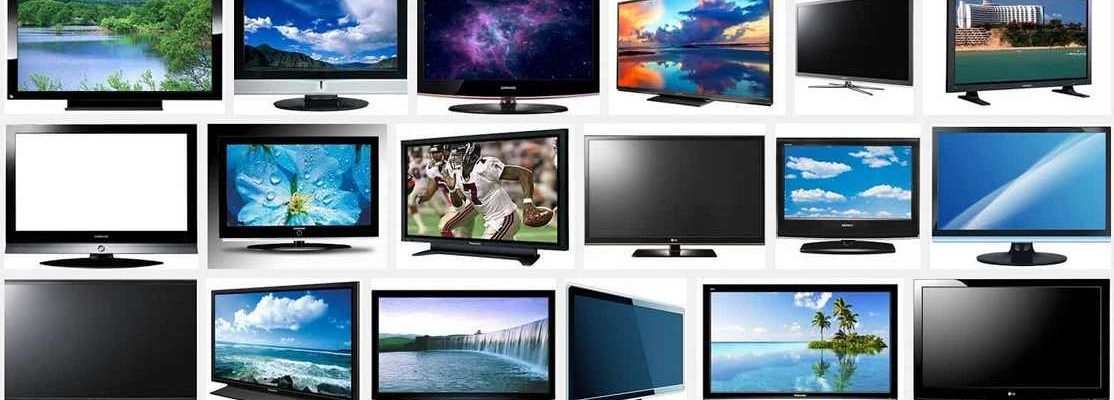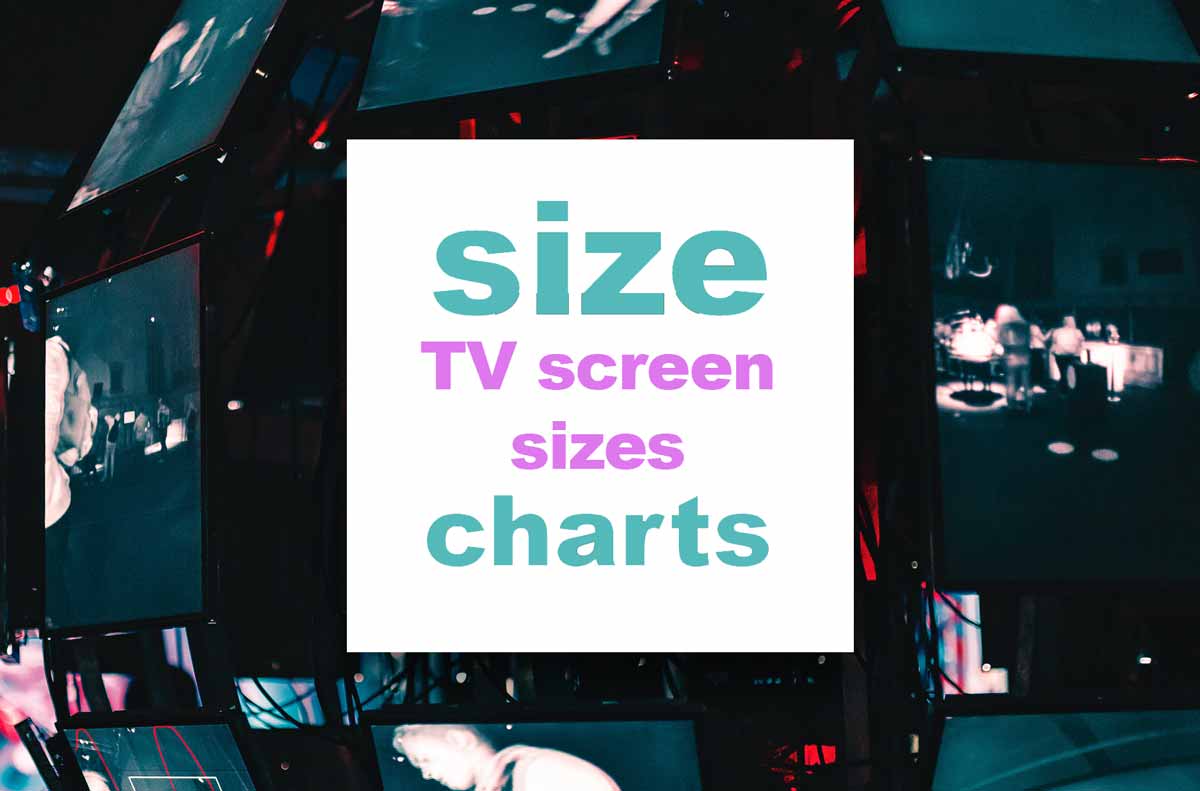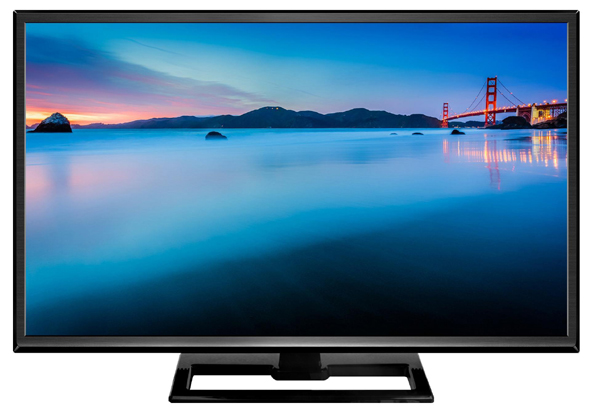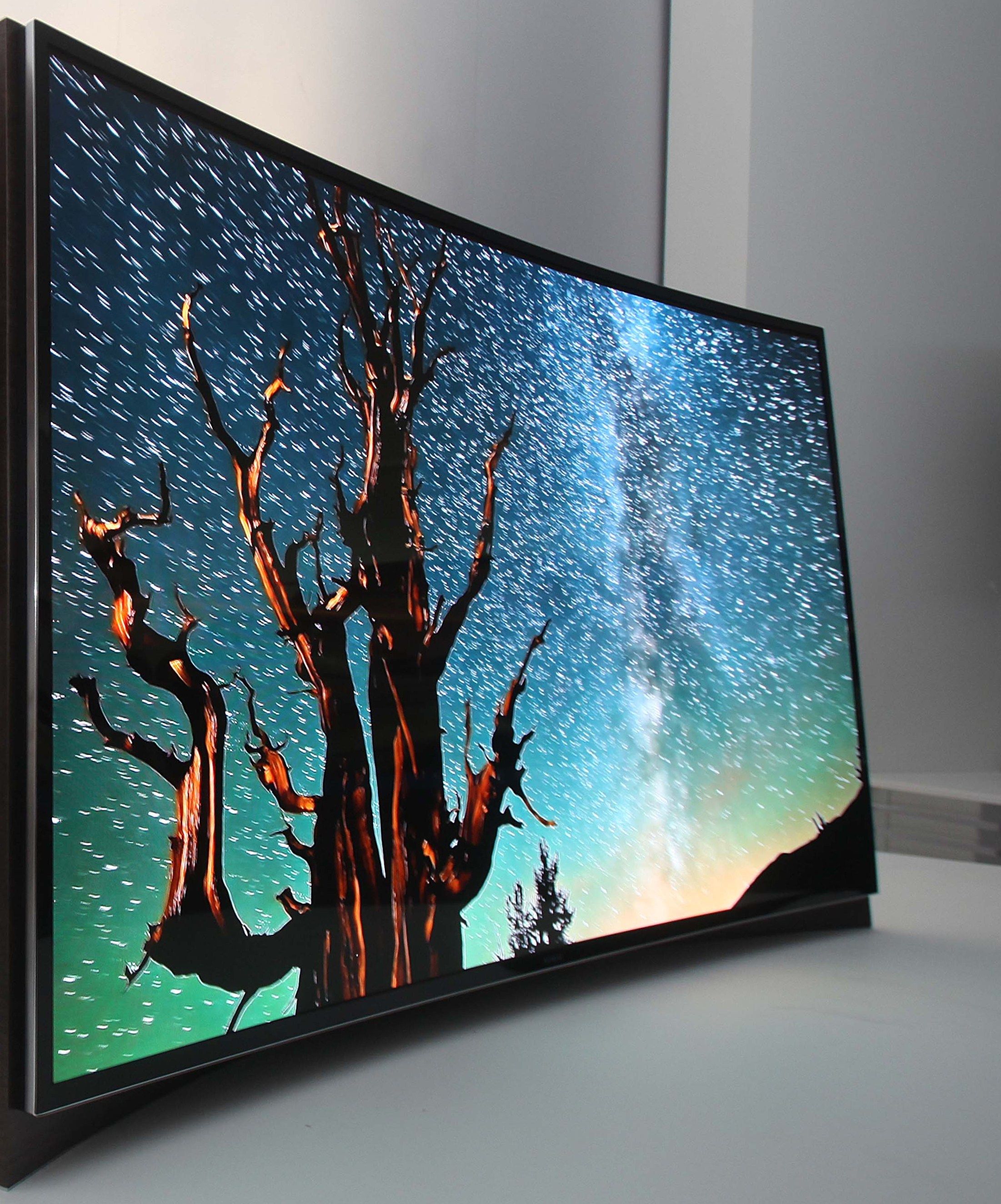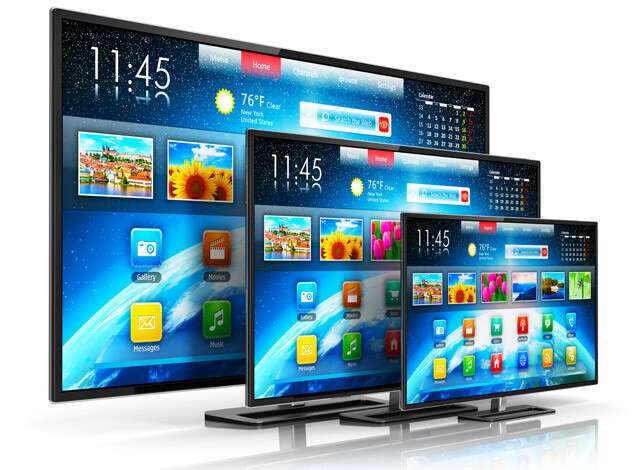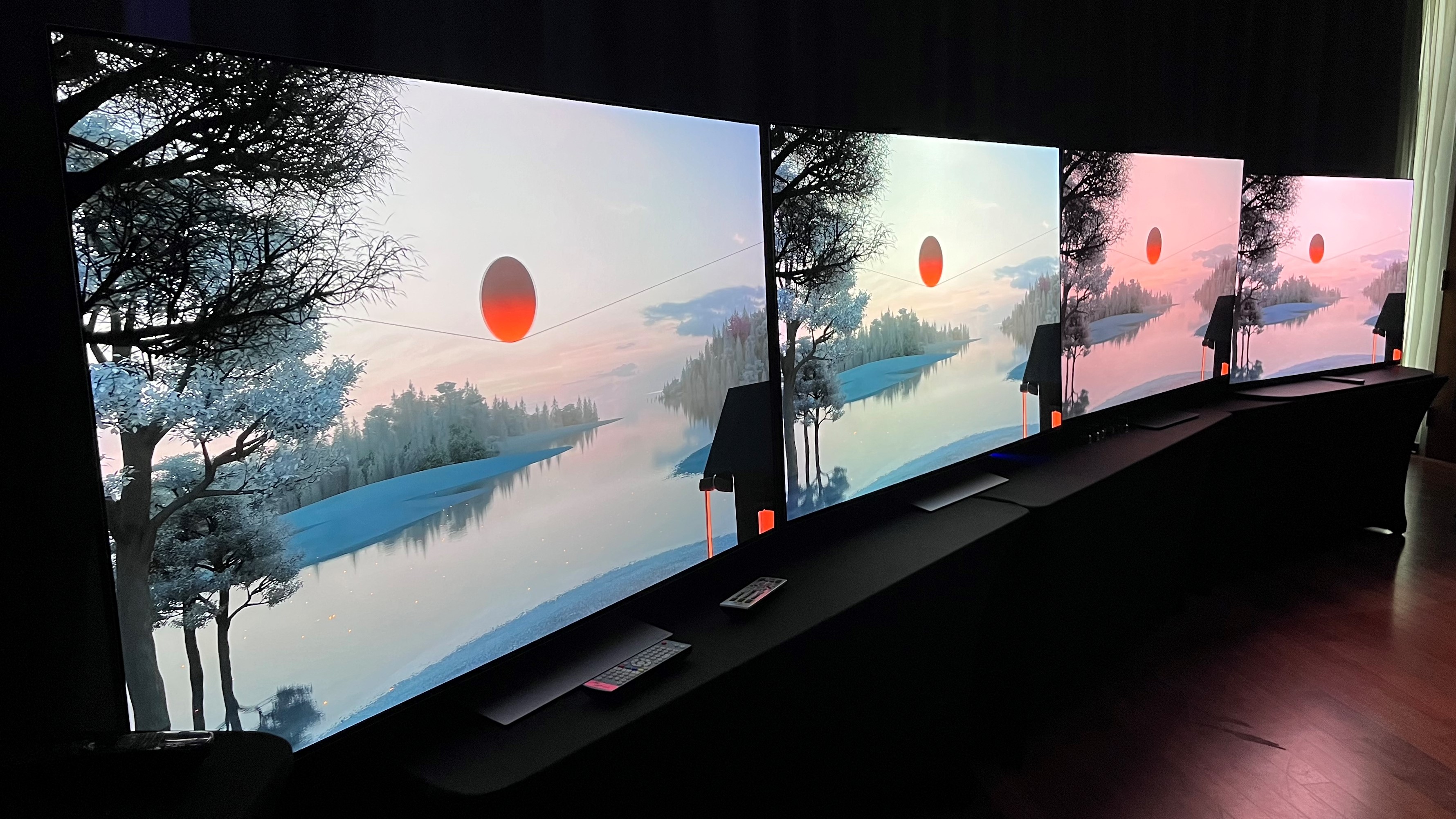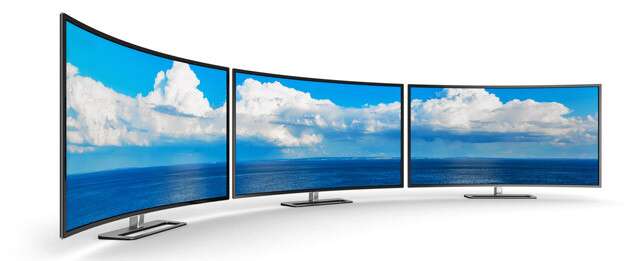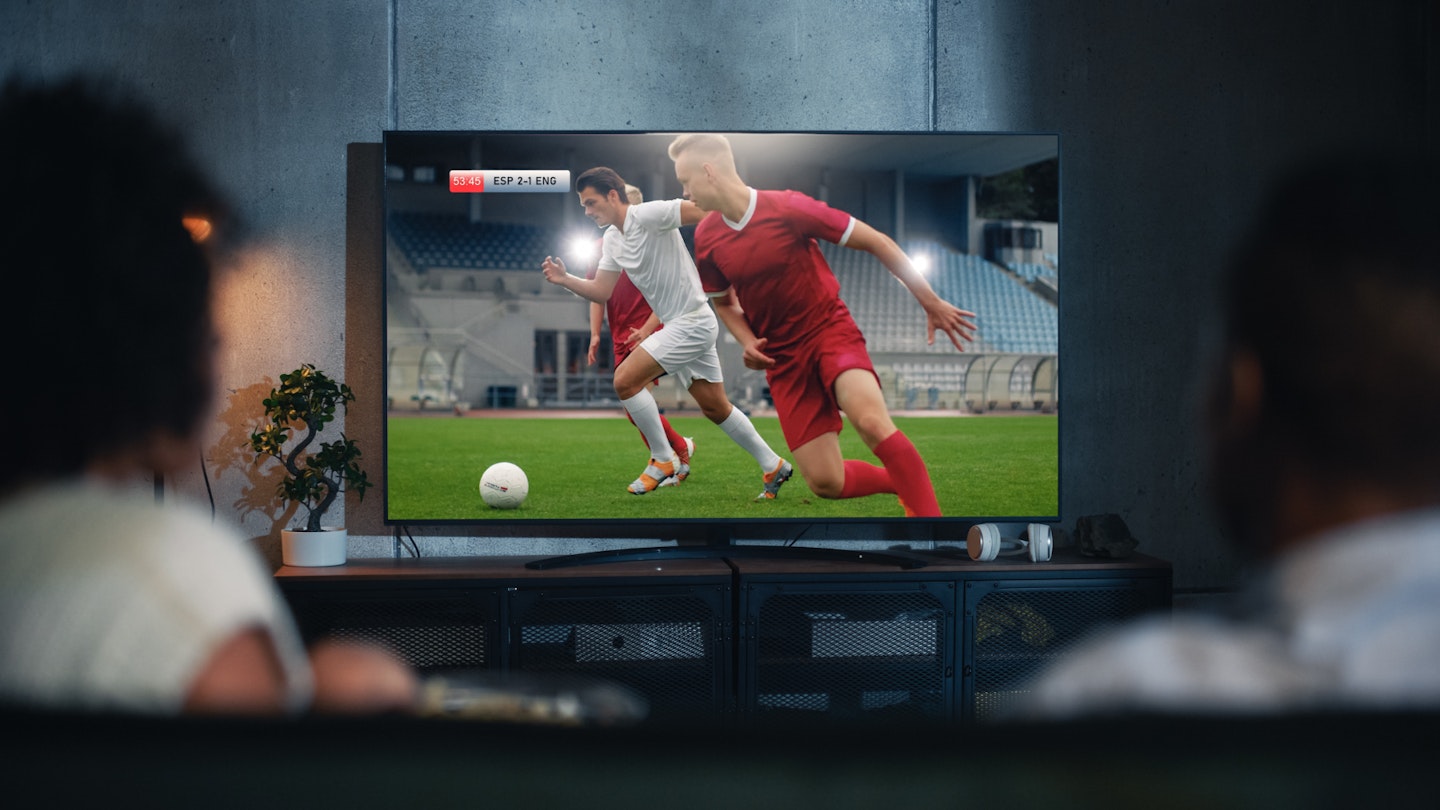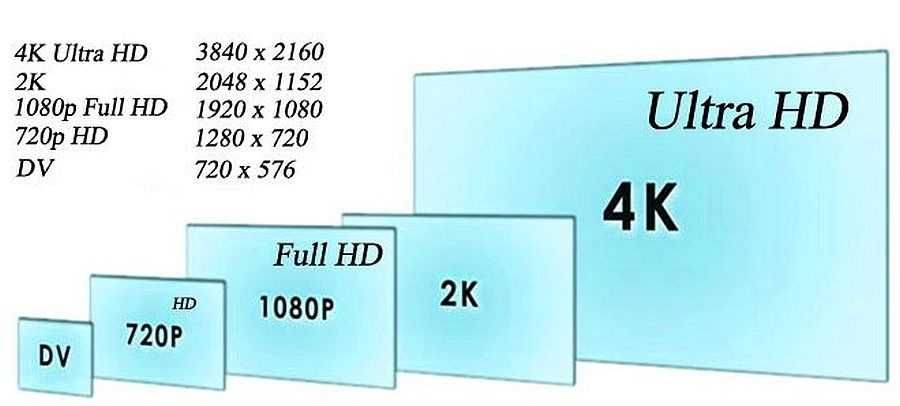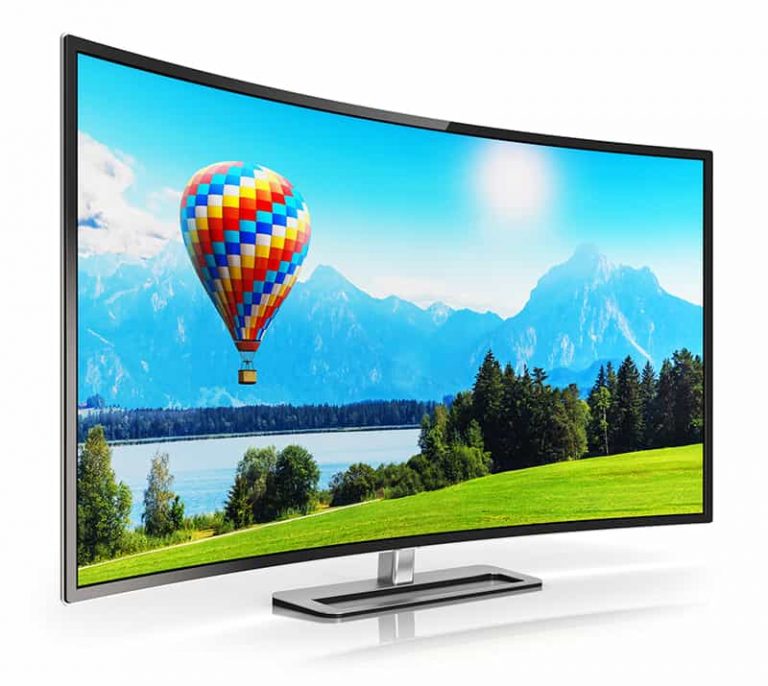What's The Best Tv Screen Type

For value-conscious shoppers seeking the ultimate home entertainment experience, choosing the right TV screen type is paramount. With a plethora of options available, from budget-friendly LEDs to premium OLEDs, navigating the technological landscape can feel overwhelming. This guide aims to demystify the key differences, providing an analytical review to help you make an informed decision that balances performance and price.
Why TV Screen Type Matters
The screen type dictates picture quality, including contrast, color accuracy, and viewing angles. It directly impacts your overall viewing enjoyment. A well-chosen screen enhances movies, games, and everyday TV watching.
Understanding the Key Technologies
LED-backlit LCD (LED TVs)
LED TVs are the most common type. They use liquid crystals to display images, lit from behind by LEDs. These TVs are generally affordable and bright.
QLED (Quantum Dot LED)
QLED TVs are a variation of LED TVs that use quantum dots. Quantum dots enhance color vibrancy and brightness. Samsung is a major proponent of QLED technology.
OLED (Organic Light Emitting Diode)
OLED TVs offer self-emissive pixels. This allows for perfect blacks and exceptional contrast. LG and Sony are leading manufacturers of OLED TVs.
Mini-LED
Mini-LED TVs use significantly smaller LEDs than traditional LED TVs. This results in improved local dimming and contrast. They are often brighter than standard LED TVs.
Detailed Reviews
TCL 6-Series (R646 or R655 depending on year) - Best Value LED
The TCL 6-Series consistently delivers excellent picture quality for its price. It features Mini-LED backlighting and quantum dot technology for enhanced brightness and color. Gamers will appreciate its low input lag and HDMI 2.1 support.
Pros: Excellent value, good brightness and color, gaming features.
Cons: Some blooming may be visible, especially in dark scenes.
Samsung QN90B - Best QLED
The Samsung QN90B is a flagship QLED TV with exceptional brightness and color volume. Its advanced local dimming system delivers impressive contrast. The wide viewing angles make it a great choice for large rooms.
Pros: Outstanding brightness and color, excellent contrast, wide viewing angles.
Cons: Can be more expensive than OLED alternatives, some may find the colors oversaturated.
LG C2 OLED - Best OLED
The LG C2 OLED offers near-perfect black levels and infinite contrast. Its α9 Gen5 AI Processor delivers stunning picture quality. The C2 also boasts excellent gaming features, including HDMI 2.1 and low input lag.
Pros: Perfect blacks and infinite contrast, excellent picture quality, great for gaming.
Cons: Can be expensive, not as bright as some LED/QLED models.
Sony A80K OLED - Premium OLED Alternative
The Sony A80K OLED is another excellent OLED option with Sony's renowned picture processing. Its Acoustic Surface Audio+ technology delivers immersive sound. Many prefer Sony's more natural color accuracy compared to LG.
Pros: Excellent picture processing, immersive sound, natural color accuracy.
Cons: Can be expensive, not as bright as some LED/QLED models.
Side-by-Side Specs and Performance Scores
| Feature | TCL 6-Series | Samsung QN90B | LG C2 OLED | Sony A80K OLED |
|---|---|---|---|---|
| Screen Type | Mini-LED QLED | QLED | OLED | OLED |
| Peak Brightness | High | Very High | Medium | Medium |
| Contrast Ratio | Excellent | Excellent | Infinite | Infinite |
| Color Accuracy | Very Good | Excellent | Excellent | Excellent |
| Viewing Angles | Good | Very Good | Excellent | Excellent |
| Gaming Features | Excellent | Excellent | Excellent | Excellent |
| Value | Excellent | Good | Good | Good |
Practical Considerations
Budget: Set a realistic budget before you start shopping. LED TVs are generally the most affordable, followed by QLED, and then OLED. Mini-LED options often fall between QLED and OLED in price.
Room Lighting: Bright rooms benefit from TVs with high peak brightness, such as LED and QLED models. OLED TVs perform best in darker environments.
Viewing Distance: Larger screens require greater viewing distances. Consider the size of your room and seating arrangement.
Content Source: If you primarily watch streaming services, ensure the TV supports HDR and Dolby Vision. Gamers should prioritize TVs with low input lag and HDMI 2.1 support.
Shortlist Recommendations
- Best Budget Option: TCL 6-Series – Excellent performance for the price.
- Best QLED for Bright Rooms: Samsung QN90B – Unmatched brightness and vibrant colors.
- Best OLED for Movie Lovers: LG C2 OLED – Perfect blacks and infinite contrast for a cinematic experience.
- Premium OLED with Natural Colors: Sony A80K OLED – Superior picture processing and immersive sound.
Summarizing Key Points
Choosing the best TV screen type depends on your budget, viewing environment, and content preferences. LED TVs offer affordability and brightness. QLED TVs enhance color vibrancy. OLED TVs deliver unmatched contrast.
Consider factors like room lighting, viewing distance, and gaming needs. Carefully weigh the pros and cons of each technology. An informed decision ensures the best possible viewing experience for your specific needs.
Call to Action
Now that you're armed with the knowledge, research specific models within your chosen screen type and budget. Visit local electronics stores to compare picture quality firsthand. Read user reviews to gain real-world insights. Make an informed decision and elevate your home entertainment experience!
Frequently Asked Questions (FAQ)
Q: What is the difference between LED and QLED?
A: QLED TVs use quantum dots to enhance color and brightness, while LED TVs use standard LED backlighting. QLEDs typically offer a wider color gamut and higher peak brightness.
Q: Is OLED worth the extra cost?
A: For those who prioritize picture quality, especially contrast and black levels, OLED is worth the investment. However, LED and QLED TVs can offer excellent performance at a lower price point.
Q: What is HDMI 2.1, and why is it important?
A: HDMI 2.1 is the latest HDMI standard, offering increased bandwidth for higher resolutions and refresh rates. It's essential for gamers who want to take advantage of features like 4K/120Hz and Variable Refresh Rate (VRR).
Q: Will OLED burn-in be a problem?
A: OLED burn-in is a potential issue with static elements displayed for extended periods. Modern OLED TVs have implemented technologies to mitigate burn-in risk. Varied content and screen savers are also recommended.
Q: Which TV size is right for me?
A: Viewing distance is crucial. A general rule is to divide your viewing distance (in inches) by 1.5 to determine the ideal screen size (in inches). For example, if you sit 90 inches away, a 60-inch TV would be a good fit.



